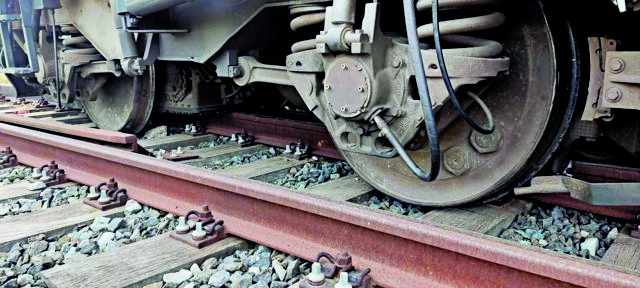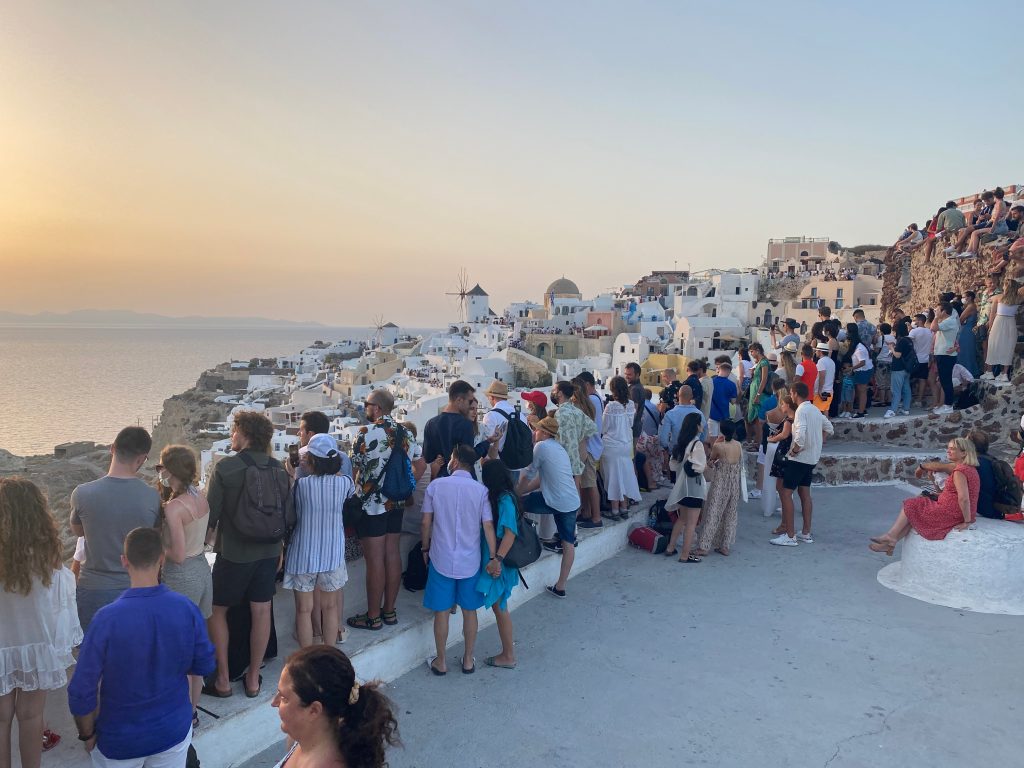Eleven months after the tragic Tempi train crash, the Greek government has announced its plans to restructure the Hellenic Railways Organization (OSE), which have been received positively, but investigations show that the company still has the same old problems.
A report by TaNea shows that despite the Greek government’s assurances that the issues that led to the fateful crash would be addressed right away, almost a year later the company has the same pathologies.
Restructuring Plans
Regarding the proposed restructuring, the Greek Council of Ministers was presented with a plan that would combine different organizations related to the operation of the railways in Greece under the umbrella of OSE, such as ERGOSE and GAIAOSE.
The plans are based upon the European institutional framework and would result in one unified public entity that has a holistic overview and is responsible for safety, development projects and the upgrading of the railway system, in collaboration with other stakeholders.
Unresolved Issues
The efforts have been received positively, but the report by TaNea states that the results of its investigation into the issues that contributed to the crash eleven months ago are “heartbreaking.”
The railway system still suffers from thefts, vandalism, unguarded crossings, damage to network wires, and staff shortages. Meanwhile the staff union of OSE, called TrainOSE, complains about delays, issues with infrastructure, no air-conditioning or insufficient air-conditioning, and trees that encroach upon railway tracks and hit the trains as they go by.
Alarmingly, of the 741 crossings 292 are unguarded. Train drivers say that these are death traps for pedestrians and drivers. Moreover, the temporarily cancelled train routes in the northeastern part of Greece between Alexandroupoli-Ormenio are currently being handled by buses and meanwhile the 38 crossings are slowly being vandalized and are reaching a point where they will not be easily repaired.
The Tempi Train Crash
On February 23, 2023 at 11:21pm a head-on collision occurred between two trains in Greece in an area known as Tempi which resulted in the deaths of at least 57 persons, most of which were students in their 20’s. It was the deadliest railway disaster in the history of Greece.
The accident occurred 27 km north of Larissa when the InterCity62 passenger train heading from Athens to Thessaloniki left Larissa station a bit delayed on the southbound track, which was the same track that a freight train traveling from Thessaloniki to Athens was on.
According to statements by the Greek government, human error played a key role in the crash when the stationmaster at Larissa, who was new to the job, allowed the train to travel on the wrong track and even pass through red stop signals.
The place where the accident occurred had double tracks and was equipped with automatic controls, but the process was still being managed manually and the stationmaster had ordered his assistant not to “turn the keys” which would have realigned the track and avoided the collision.



